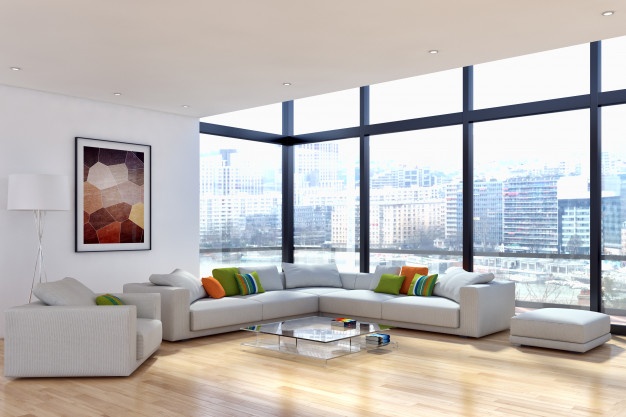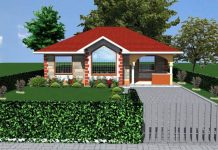All windows let in light, and most provide some ventilation, but beyond those common functions, windows can vary in many ways. Some window types are easier to open, some are ideal for broad views, and some are great for airflow.
Different windows also can have very different looks to fit with a building’s architectural design or decorative style. Narrowing down the many options for windows starts with identifying one of the basic window types.
Awning Windows

Awning windows open out by pivoting from the top of the window sash, operated by a crank. These windows commonly are paired with large picture windows and may be placed along bottom, sides, or top of the picture window to provide ventilation.
They can also be installed above doors, much like transom windows. Because they open out, awning windows are not recommended near walkways and other traffic areas, lest the open windows obstruct the traffic path.
Commonly used for offices.
Casement Windows
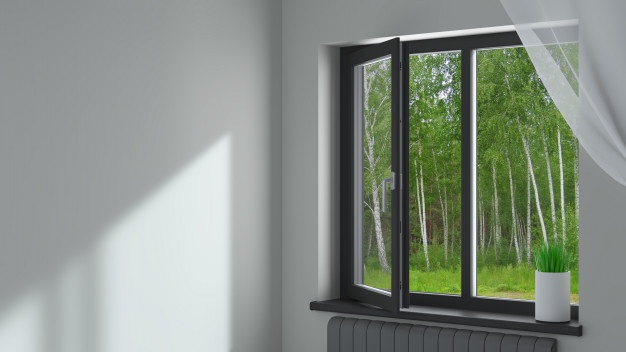
Casement windows also open out (like awning windows) and usually pivot from side hinges. Many casements have fairly large glass panes to provide ample light that is uninterrupted by muntin bars or other framings.
They also typically offer more open ventilation area than other window types. When closed and locked, casement windows can make a very effective seal for improved energy performance. Like awning windows, casements should not open out into traffic lanes.
Double-Hung and Single-Hung Windows
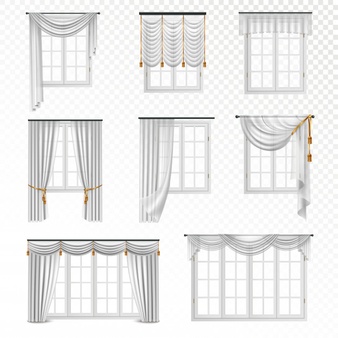
Double-hung and single-hung windows are the most common and familiar window types. The only difference between them is that single-hung has a movable lower sash and a fixed upper sash, while double-hung has two movable sashes; the upper sash slides down.
The main advantage of double-hung windows is somewhat better ventilation. With both sashes opened about halfway, air naturally flows in through the lower opening and out through the upper opening. Double-hung windows also can be cleaned inside and out without the need to clean from outside (or the need for a ladder).
Single- and double-hung windows work in most locations and have a classic decorative look. They typically offer less open area than casement and slider windows and can be more prone to air leakage than casements.
Picture Windows
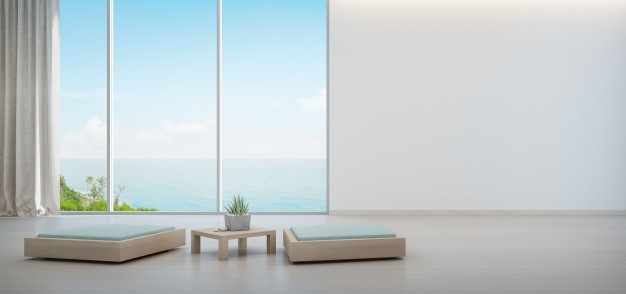
Picture windows are best in areas where airflow is not important because they do not open. They are often large glass expanses occupying the centre portion of a wall to provide broad views and ample sunlight.
They also work well for high windows in two-story foyers. Because they do not open, picture windows are less prone to air leakage than operable windows, but their large glass panes can lose or gain a lot of heat (compared to an insulated wall), even with energy-efficient double-pane construction.
Bay Windows
Bay windows are an excellent resource for architects to create angles and projections on a building structure. They allow light to enter at different angles, and most bays include side windows that can be opened for airflow. Bays are commonly used in kitchens and family rooms, where the large sill of the window can be used for plants or a window seat.
Jalousie Windows
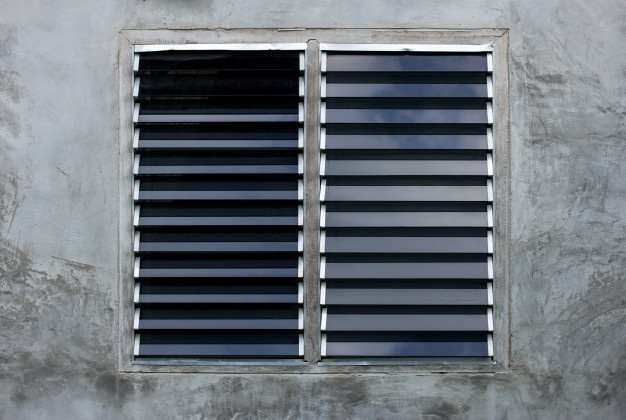
Jalousie windows are inexpensive solutions for warm-weather areas, particularly where air conditioning is not needed. Jalousies consist of glass slats set in metal clips that can be opened and closed in unison, like louvres. Moreover, they provide maximum airflow, but they are generally narrow and offer limited views. They also tend to be less secure than other standard window types.
Slider Windows
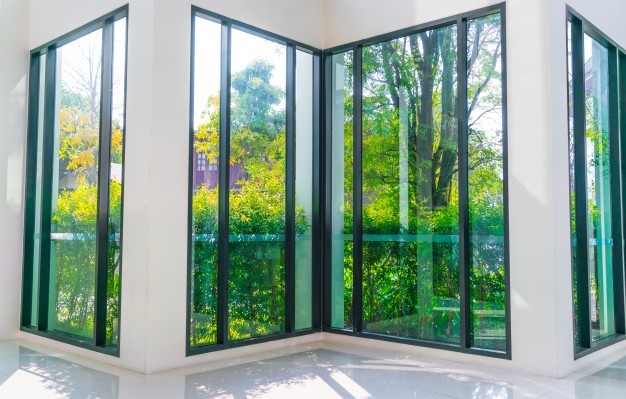
These windows slide open sideways. Like casements, they can offer clear views and ample ventilation, but they cannot be sealed as tightly as casements. Sliders are commonly used for egress windows in offices, due to their large openings and easy operation. Utility windows at the tops of storage walls also tend to be sliders.
They are quite simple, having no mechanical parts (other than a lock), and usually very basic seals and no tensioning mechanism. This simplicity often makes them the least expensive type of window.


